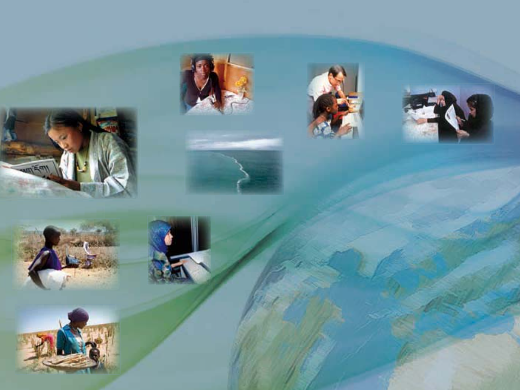
Gender equality and women’s empowerment are among UNESCO’s overarching priorities. To support this, UNESCO developed a “Global framework of Gender-Sensitive Indicators for Media (GSIM)”, part of a broader set of indicators across all sectors to enable effective assessment of media development.
The preparation of the GSIM was a comprehensive process, spanning two years. It began in early 2010, and by the following year, a first draft was completed. UNESCO and COPEAM collaborated in this framework implementing several initiatives. First, COPEAM carried out 4 case studies from Europe and Arab countries to assess gender equality in policies and practices implemented by 4 public broadcasters: RAI (Italy), JRTV (Jordan), SNRT (Morocco), and CyBC (Cyprus). The COPEAM report was later included in the UNESCO publication: “Gender-Sensitive Indicators for Media. Framework of indicators to gauge gender sensitivity in media operations and content”, collecting the data gathered by other broadcasting Unions such as ABU, CBU and SABA on other regions of the world.
Three two-day workshops were then organized in 3 public broadcasters from Morocco, Albania, and Slovenia, where the GSIM were presented, analysed, and adapted to the internal context and practices of the target broadcasters. A tailored version of GSIM was developed and implemented to test the effectiveness of the tool. Based on the collected data, a report including analysis, recommendations and proposals was formulated to guide the improvement of gender policies and strategies.
The analysis highlighted that decision-making positions in media remain predominantly male, though women are increasingly present in media professions, particularly as journalists. There is a clear need for policies promoting gender equality, supporting work-life balance, and for training on more balanced portrayals of women and men in media content. A gender perspective should also be integrated into all relevant training programs.
Such indicators should enable the media institutions and the professional associations to precisely evaluate their approach to gender matters, to settle their gender balance objectives and to measure their progress in this domain.
